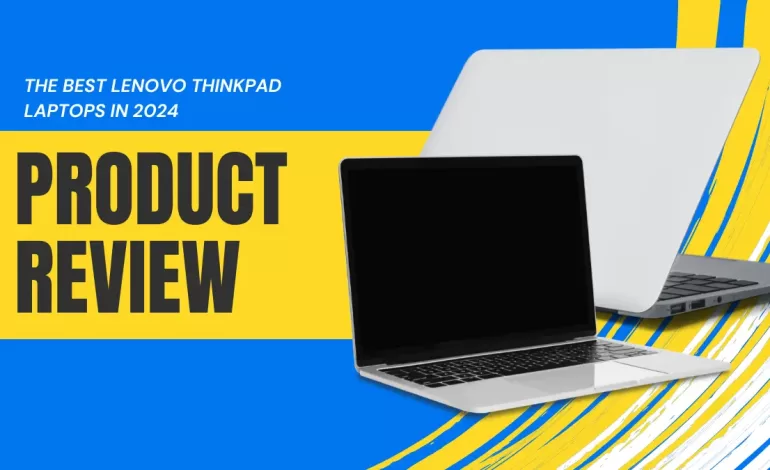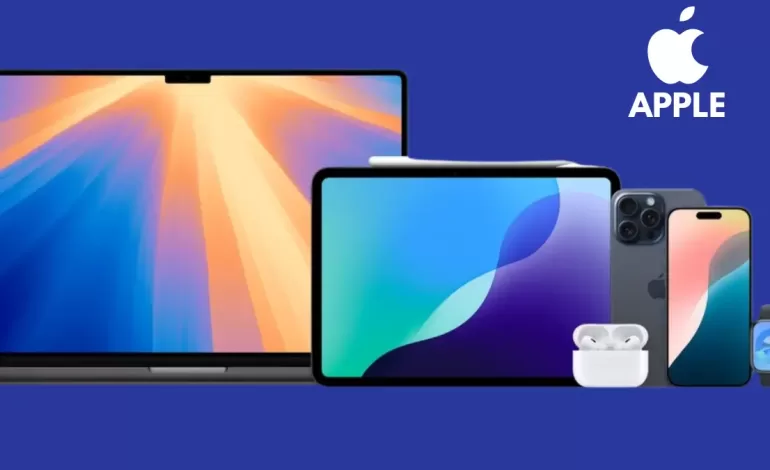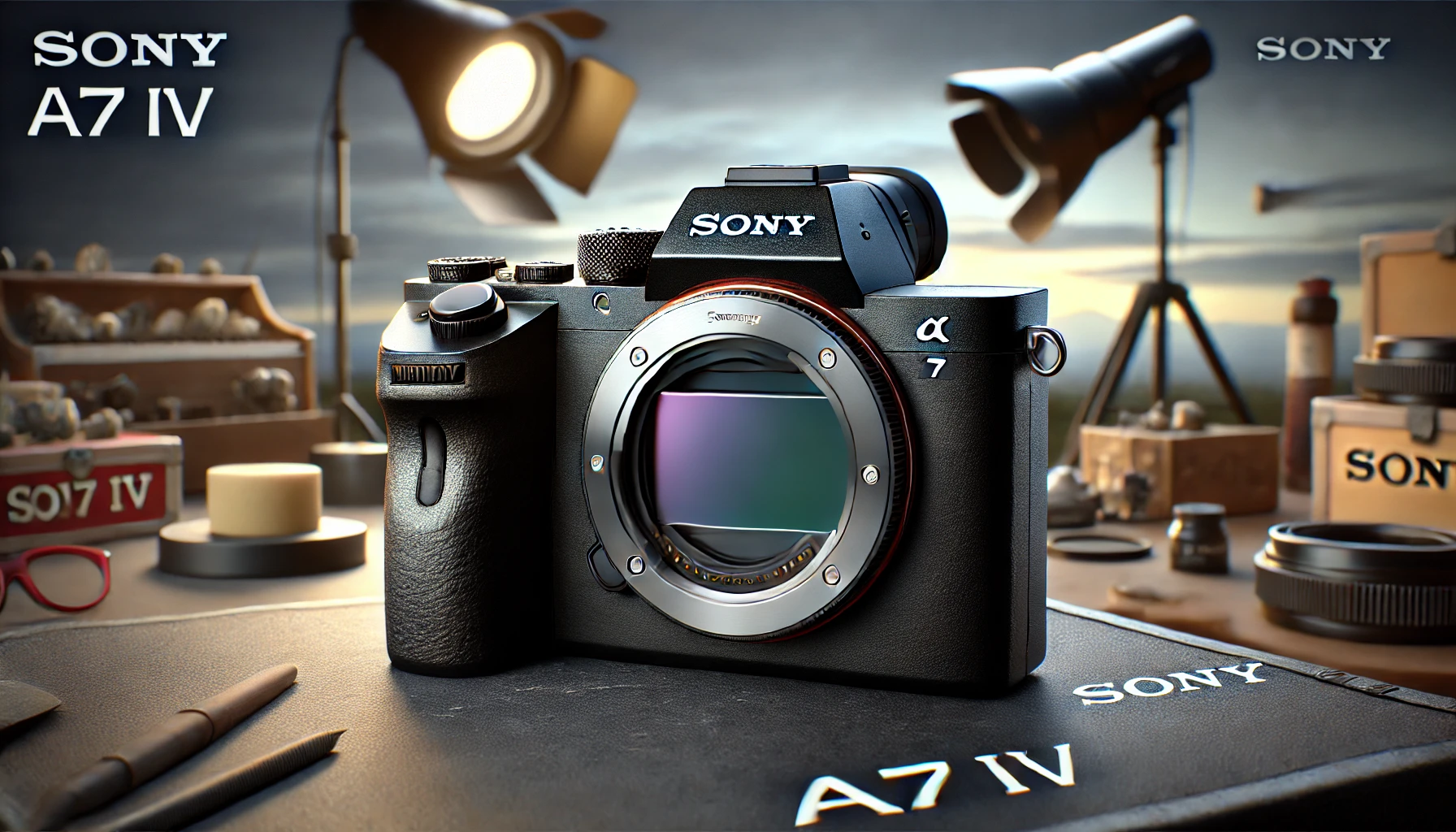The best camera for photography 2024
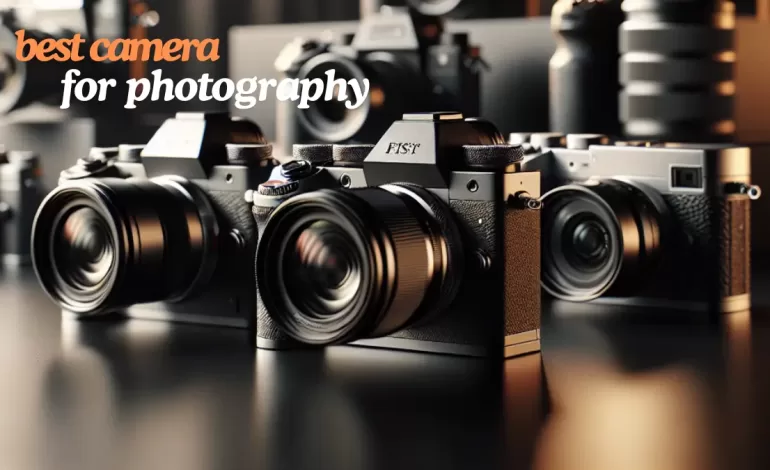
When it comes to photography, I have reviewed hundreds of cameras to find the best options for everyone. My personal favorite is the Sony A7 IV, a well-rounded full-frame model. According to in-depth tests, it offers impressive autofocus and excellent image quality that meet the demands of any photographer.
For those just starting out, I recommend the Canon EOS R10. This smarter option is perfect for beginners who want to capture stunning stills while traveling or exploring wildlife. This guide covers everything you need to know to pick the right choice for your needs, ensuring you have a wonderful day of shooting.
ALSO: Best Lenovo ThinkPad Laptops
In our round-up for 2024, we have summarized the best camera for every type of photography. Our expert team has put each camera through a series of rigorous assessments. We focused on real-world feedback to ensure we highlight the drawbacks and strengths of each model.
This makes your decision easier if you are looking for something specific, like low-light or portrait photography.
If you’re into adventures and want to document breathtaking landscapes, we have tested over 100 new cameras. These models are perfect for both taking photos and videography. When investing in a camera, remember that a higher-quality body often leads to better image quality. Check below for our top recommendations that cater to all kinds of photographers, from beginners to pros.
When it comes to choosing the best camera for photography, quality is first and foremost. This is especially true for professional photographers who take photographs for a living. There are many cameras available, but only a few are considered the top options for this profession. Before you go too far in your search, be aware of the important factors to consider when buying.
This article is intended to help different types of users understand what they need to find the right camera. General users might already know that price can be an issue, but understanding the right features can lead to better choices in equipment that truly enhances your photography experience.
Top 3 Picks
# | Image | Product | View | |
|---|---|---|---|---|
1 | 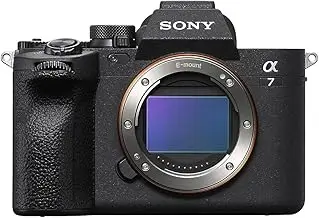 | Sony A7 IV | Best overall | |
2 | 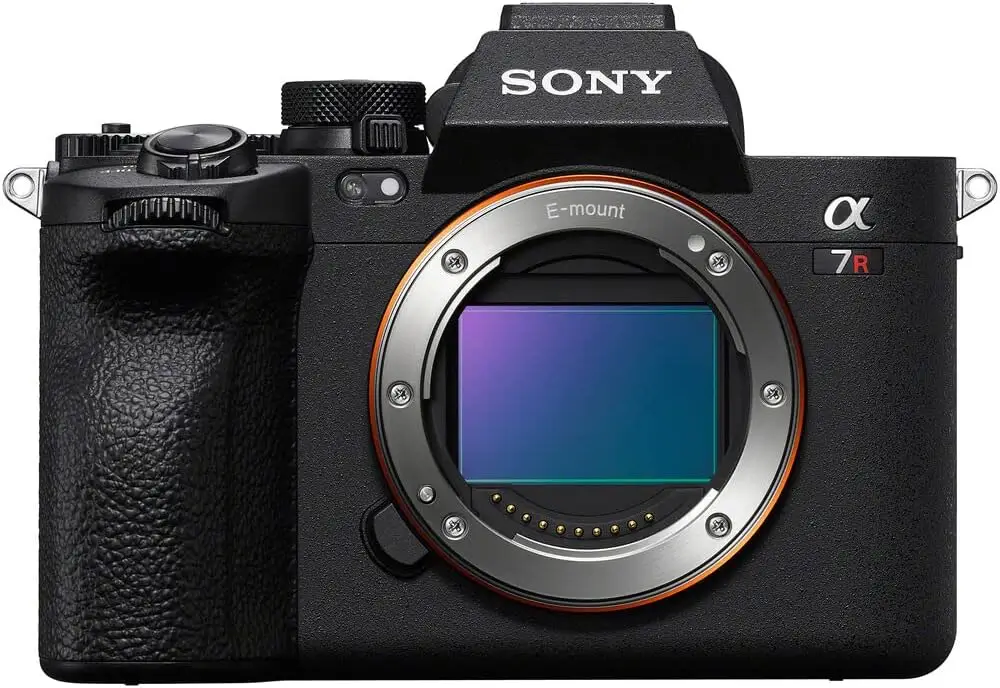 | Sony A7R V | Best for pros | |
3 | 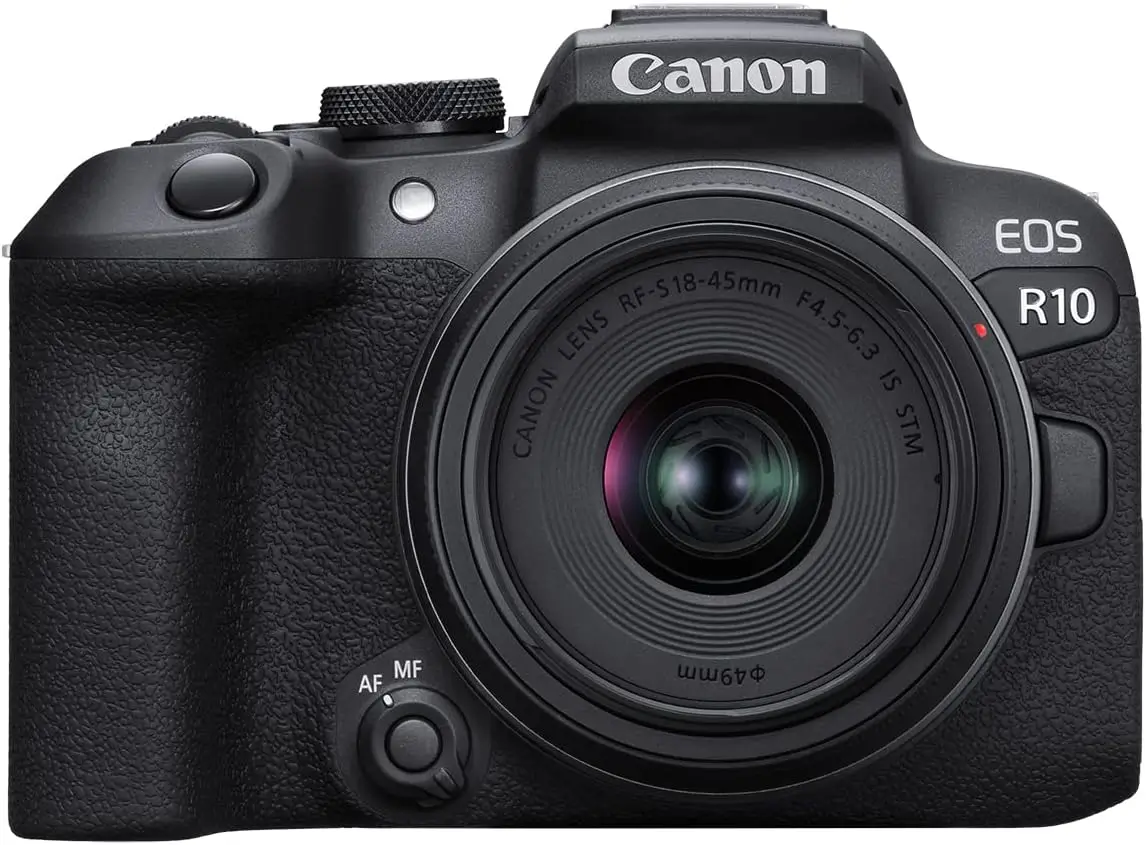 | Canon EOS R10 | Best for beginners |
Best by use-case
# | Image | Product | View | |
|---|---|---|---|---|
1 | 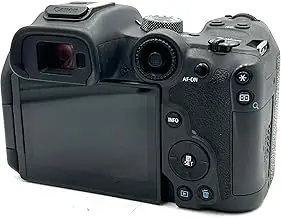 | Canon EOS R7 | Best APS-C | |
2 | 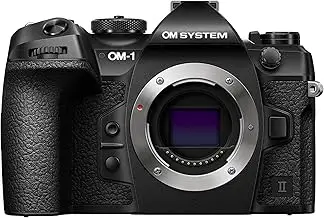 | OM System OM-1 II | Best Micro Four Thirds | |
3 | 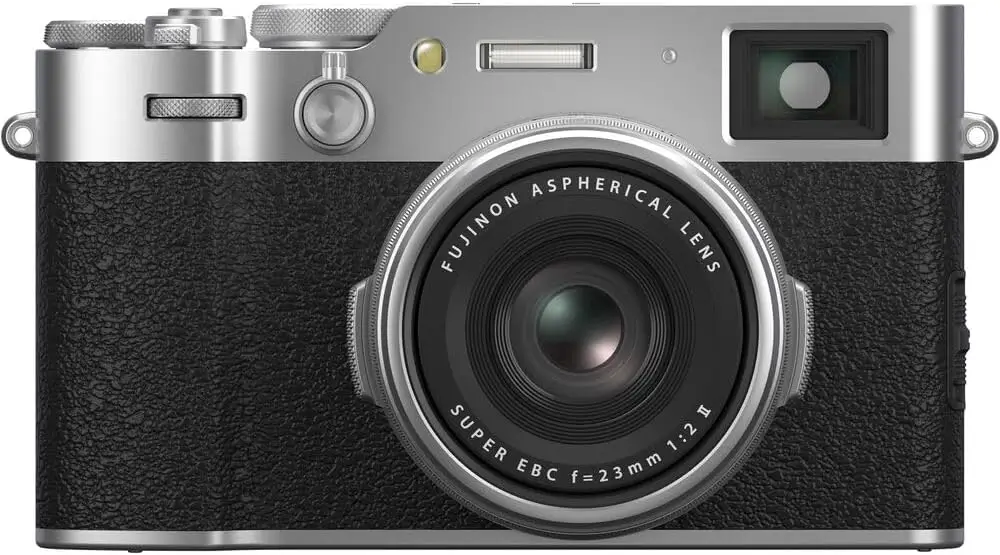 | Fujifilm X100VI | Best premium compact | |
4 | 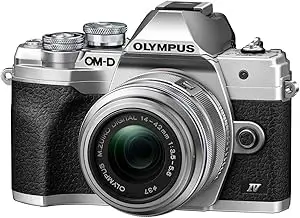 | Olympus OM-D E-M10 Mark IV | Best value | |
5 | 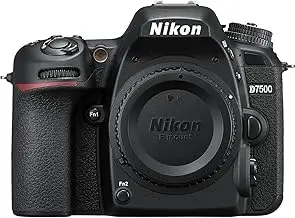 | Nikon D7500 | Best DSLR overall | |
6 | 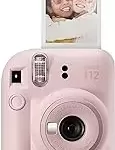 | Fujifilm Instax Mini 12 | Best instant camera | |
7 | 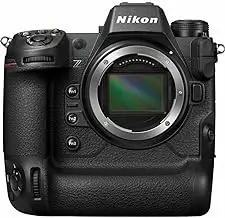 | Nikon Z9 | Best sports hybrid | |
8 | 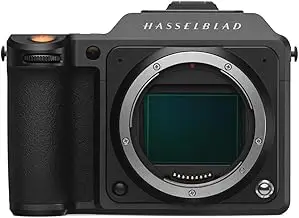 | Hasselblad X2D 100C | Best for image quality | |
9 | 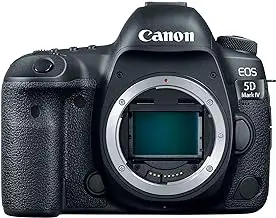 | Canon EOS 5D Mark IV | Best pro DSLR | |
10 | 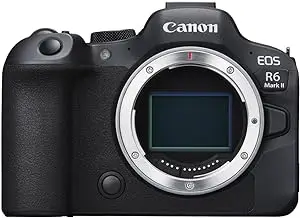 | Canon EOS R6 Mark II | Best Camera For Photography | |
11 | 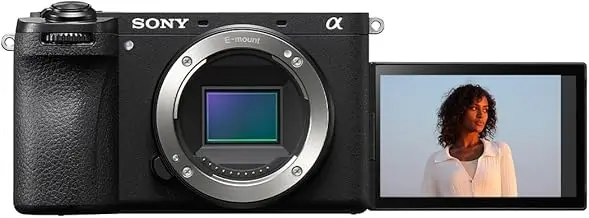 | Sony α6700 | Best Mid-Range Camera For Photography | |
12 | 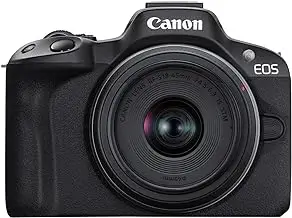 | Canon EOS R50 | Best Budget Camera For Photography |
The best camera for photography 2024
Below you can find comprehensive reviews of all the cameras that made it onto our top list. So that you can trust our recommendations, we have investigated each one extensively.
Why Choosing the Right Camera Matters
Photography is more than just a hobby for many; it’s a passion and a profession. The right camera can make all the difference in capturing that perfect shot. Whether you’re shooting portraits, landscapes, or action shots, the quality of your gear will impact your results. In this blog, we’ll discuss the best cameras for 2024, ensuring you have the right tool for every occasion.
The best full-frame hybrid overall
1. Sony A7 IV
A full-frame hybrid that is the finest option for enthusiasts
Specifications
Sensor size: Full-frame Resolution: 33MP
Viewfinder: 3,690K dots
Monitor: 3.0-inch vari-angle touchscreen, 1,037K dots
Autofocus: 759-point AF
Maximum continuous shooting rate: 10fps
Movies: 4K at 60p User level: Intermediate
Today’s Best Deals
Reasons to buy
+ 33MP camera is pretty cool
+ Best focusing in its class
+ Screen with different angles
Reasons to avoid
– Cropped 4K video a lot
– Hard for beginners
Sony A7 IV sample image
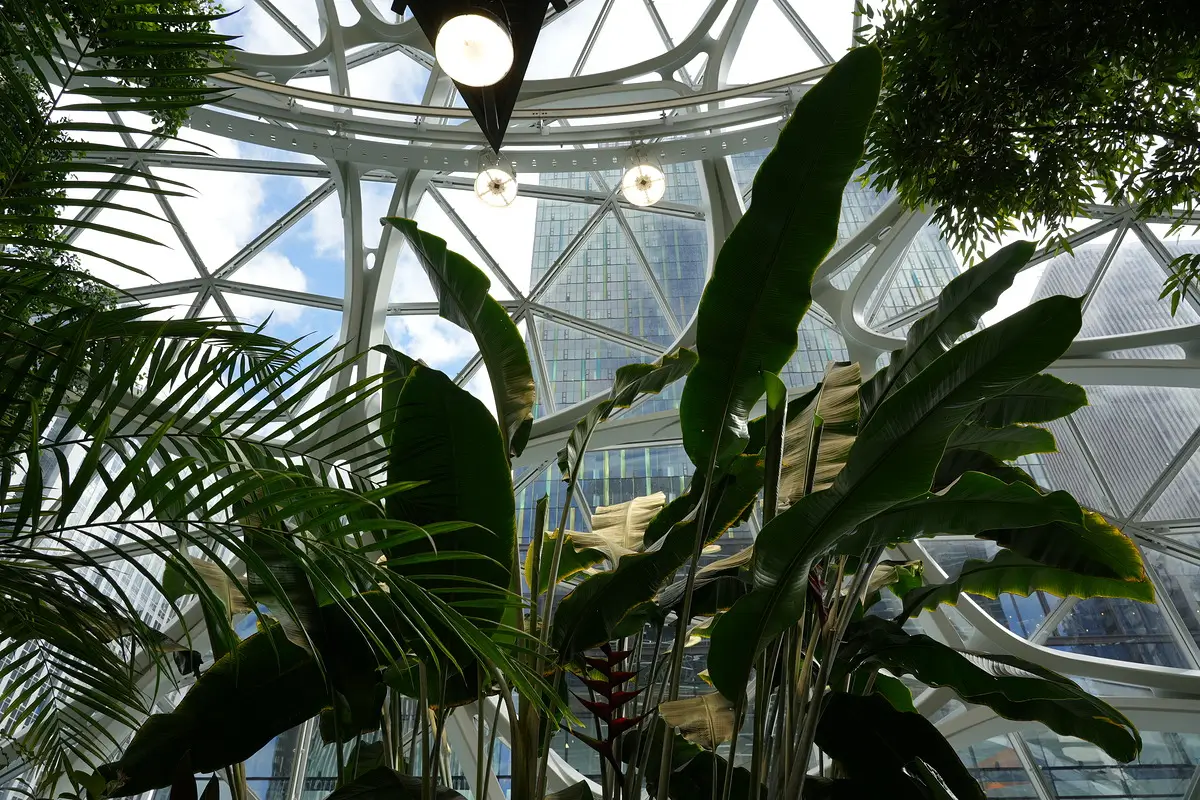
As a shooter who has tried a lot of different gear, I think the Sony A7 IV is a really powerful full-frame camera that does great work in both photos and videos. It’s high-tech Bionz XR processor makes it run faster and give images with better quality and higher resolution. The mirrorless design of the camera makes it great for both beginners and pros because it has fast autofocus and great low-light performance.
The A7 IV is great for hybrid shooters because it can record beautiful 4K video at 10 bits, and its large buffer, especially when using a CFexpress card, lets you shoot at high burst speeds without any problems. The price has gone up compared to the A7 III, but the many improvements more than make up for it.
There is a small crop in some video modes, but it’s not a big deal because it gives you so many options. Thanks to its many features, the Sony easily wins the top spot for 2024, beating out rivals like the Canon EOS R6. It is a great choice for many shooters because it is very good at taking pictures and can be used in many ways.
Buy it if:
Upgrade your Sony A7 III if it feels ancient. Almost every aspect of the A7 IV is better, including video resolution, focusing, and usability. I’ve used both cameras, and the A7 IV is better.
The camera boasts higher autofocus, speed, and quality. One of the best mirrorless cameras for stills and video is the A7 IV. Unless an expert requires more, it’s a fine stills and video camera.
Don’t buy it if:
If your goal as a specialist photographer is to optimize your budget, consider where to spend it. The Sony A7 IV is great, but if you photograph sports or action, you’ll get better results with dedicated cameras. I’ve found the A7 IV slow.
A high-quality lens may be worth more than an upgrade to the camera body. Purchase an extra lens or two to maximize your budget, especially if you have a specialized photography style.
Read our in-depth Sony A7 IV review
The best pro camera for stills
2. Sony A7R V
The best photography camera is suitable for most professionals.
Specifications
Sensor size: Full-frame Resolution: 61MP
Viewfinder: 9.44m-dot EVF
Monitor: 3.2-inch articulating touchscreen, 2.1m dots
Autofocus: 693 PDAF + 425 CDAF
Maximum continuous shooting rate: 10fps
Movies: 8K at 24p User level: Expert
Today’s Best Deals
Reasons to buy
+ Very good autofocus
+ Impressive handling of ISO
+ EVF with high sharpness
Reasons to avoid
– Costly for no reason
– calls for high-quality glasses
Sony A7R V sample images
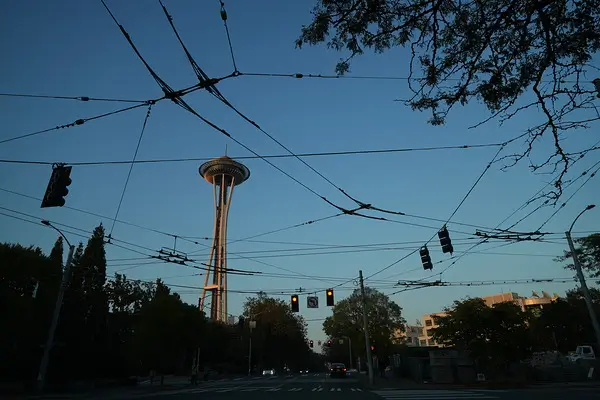
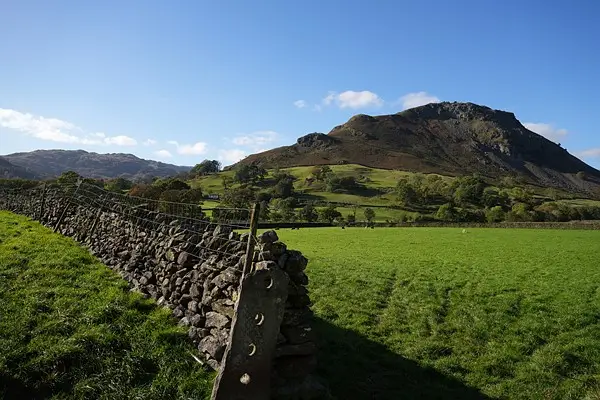
During my testing, I was remarkably impressed with the Sony A7R V, which I believe is the better camera for most professionals in 2024. While it shares the same resolution of 61 MP with its predecessor, the A7R IV, this mirrorless camera‘s new Bionz XR processor teams up with advanced features to deliver an even higher level of detail. The real-time recognition AF system can detect subjects crisply, making it a joy to shoot both in the studio and handheld in the field.
The camera‘s dynamic range is exceptional, and its effective image stabilization allows for sharp images even at slower shutter stops. When paired with top-spec lenses, it produces some of the sharpest and most detailed stills I’ve ever seen.
While the A7R V comes with a high price tag, it generally delivers the best results for professionals who need a complete package. The sharper EVF and improved framing make composing shots easy, and despite the massive sensor pixels, it manages to work effectively without the typical drawbacks of high-resolution sensors. In this review, I find that the A7R V takes up the mantle from the A7R IV and solves many of its shortcomings.
Though it’s not perfect—the eight frames per second burst rate could be faster it adds heavily to your capabilities. There’s better value here than elsewhere for those who shoot landscape or studio work and require a full-frame camera that can capture images with unmatched clarity.
Buy it if:
You need a powerful 61MP sensor to shoot portraits, landscapes, and studio photography with excellent image quality.
Its AI processing engine provides more reliable AF with subject detection, giving you the best autofocus in more scenarios.
Don’t buy it if:
You’ll need expensive, high-end pro lenses with the 61MP sensor; it’s unforgiving of any lens deficiencies.
If you don’t have the best optics, you can’t do justice to the resolution; opting for the A7 IV can save you a packet.
The best mirrorless camera for beginners
3. Canon EOS R10
Best Entry-Level Camera For Photography
Specifications
Sensor size: APS-C Resolution: 24.2MP
Viewfinder: 2,360K dots
Monitor: 2.95-inch articulated touchscreen, 1,040K dots
Autofocus: 651-area AF
Max continuous shooting rate: 15fps (mechanical), 25fps (electronic)
Video: 4K at 60p User level: Beginner
Today’s Best Deals
Reasons to buy
+ Very small and light
+ New features for autofocus
Reasons to avoid
– There is no in-body picture stabilization.
– Cut 4K/60p video
Canon EOS R10 sample image

As a beginner searching for the best camera, the Canon EOS R10 is a versatile option that won’t disappoint. This mirrorless camera is the spiritual successor to Canon’s popular mid-range DSLRs, bringing impressive features at an unheard-of price. In my autofocus testing, the R10 consistently tracked subjects’ eyes, including cats, deer, and even a rapid cockapoodle, achieving a decent hit rate at 15fps burst speeds. This makes it ideal for shooting fast-moving subjects, such as speeding pets or capturing sharp portraits.
The EOS R10 is a compact camera, weighing just 429g, yet it feels well-balanced in the hand thanks to its deep grip. While it lacks in-body image stabilization, you can still be pleased with the results using native lenses—though there are only two available at the time of writing. Fortunately, you can adapt full-frame RF lenses or even older ones with the EF-EOS R adapter, making this camera a versatile sidekick for fledgling snappers. Despite some limitations, the Canon EOS R10 stands out for its standout skills in subject-tracking autofocus and 15fps burst shooting, features rarely seen at this price point.
Buy it if:
As a professional, I find beginners shopping for their first camera will love the R10‘s powerful autofocus and good handling.
It’s an affordable sports camera with strong burst speeds to shoot moving subjects—definitely worth the price.
Don’t buy it if:
From my experience, the EOS R10’s weakness is the lack of a wide choice of native lenses for the Canon RF mount.
When shooting video, it’s not a vlogging camera; there’s no headphone jack for monitoring audio and no in-body image stabilization to keep footage steady.
The best APS-C camera for enthusiasts
4. Canon EOS R7
An enthusiast’s guide to the best APS-C cameras
Specifications
Type: Mirrorless Sensor: APS-C
Resolution: 32.5MP Autofocus: 5915 AF points
Screen type: 2.95-inch vari-angle touchscreen, 1.62m-dot
EVF: 0.39-inch, 2.36m-dot
Continuous shooting speed: 15fps (mechanical), 30fps (electronic)
Movies: 4K User level: Enthusiast
Today’s Best Deals
Reasons to buy
+ Quick bursts of speed
+ Perfect handling
+ Remarkable autofocus
Reasons to avoid
– Limited original lenses
– Standard viewfinder 4K limited to 60fps
Canon EOS R7 sample images
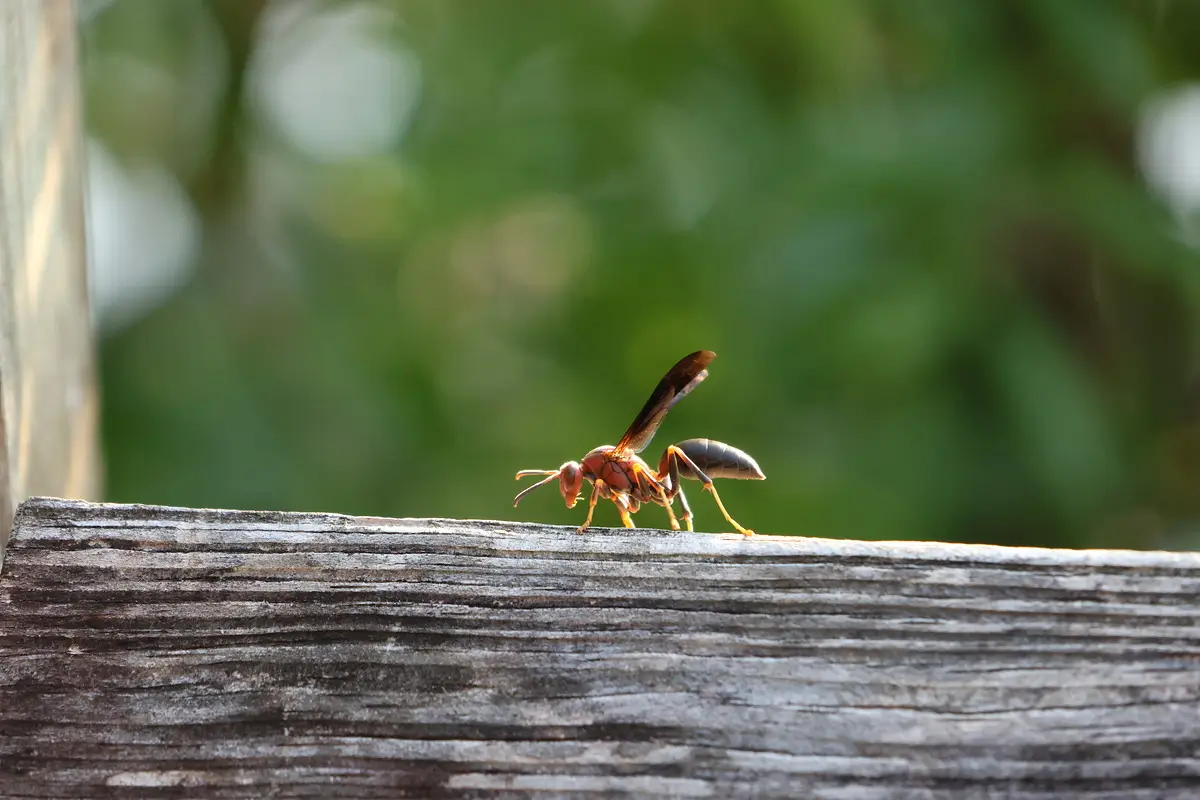
In my review, I was impressed by the Canon EOS R7 during real-world tests. This crop sensor camera offers superb autofocus performance and excellent in-body image stabilization, making it a tidy all-rounder. With its 32.5MP sensor, it delivers class-leading detail that rivals its full-frame cousins. The EOS R7 produces lovely images across a range of scenarios, even giving an edge in low-light conditions. For sports and wildlife enthusiasts, the 30 fps burst speeds are a significant advantage.
In my tests, I found the EOS R7 a comfortable camera to hold and use, thanks to its decent grip and generous spread of direct-access controls. The inclusion of dual UHS-II card slots is a welcome bonus, and it can record uncropped 4K/60p video output. However, a major drawback present is the continued lack of native lenses, which might make you consider alternative APS-C cameras like the Sony A6700, Fuji X-S20, or Fujifilm X-T5. Despite this, the EOS R7 remains a tidy all-rounder for enthusiasts seeking high performance.
Buy it if:
From my experience, the Canon EOS R7 delivers excellent performance on a budget; no need to shell out for full-frame models.
This travel-friendly camera has small proportions, fantastic handling, and excellent subject-tracking autofocus—a lovely all-rounder for travel.
Don’t buy it if:
The EOS R7 offers a full-frame experience with its APS-C sensor that does wonders in low light, competing with full-frame alternatives.
However, its native RF-S lens range is limited; rivals like Sony A6600 and Fujifilm X-H2S offer a lot more native lenses, so you may be better served there.
The best Micro Four Thirds camera for enthusiasts
5. OM System OM-1 II
The ideal Micro Four Thirds camera for enthusiasts.
Specifications
Sensor size: Micro Four Thirds
Resolution: 20.4MP Viewfinder: 5,760K dots
Monitor: 3.0-inch tilt-angle touchscreen, 1,620K dots
Autofocus: 1,053-point AF
Maximum continuous shooting rate: 10fps (mechanical shutter), 120fps (electronic)
Movies: 4K at 60p
User level: Intermediate/Professional
Today’s Best Deals
Reasons to buy
+ Stacked sensors improve performance.
+ Impressive stabilization
+ Useful computational modes.
Reasons to avoid
– 20MP resolution only
– A little hard to use settings
OM System OM-1 II sample image
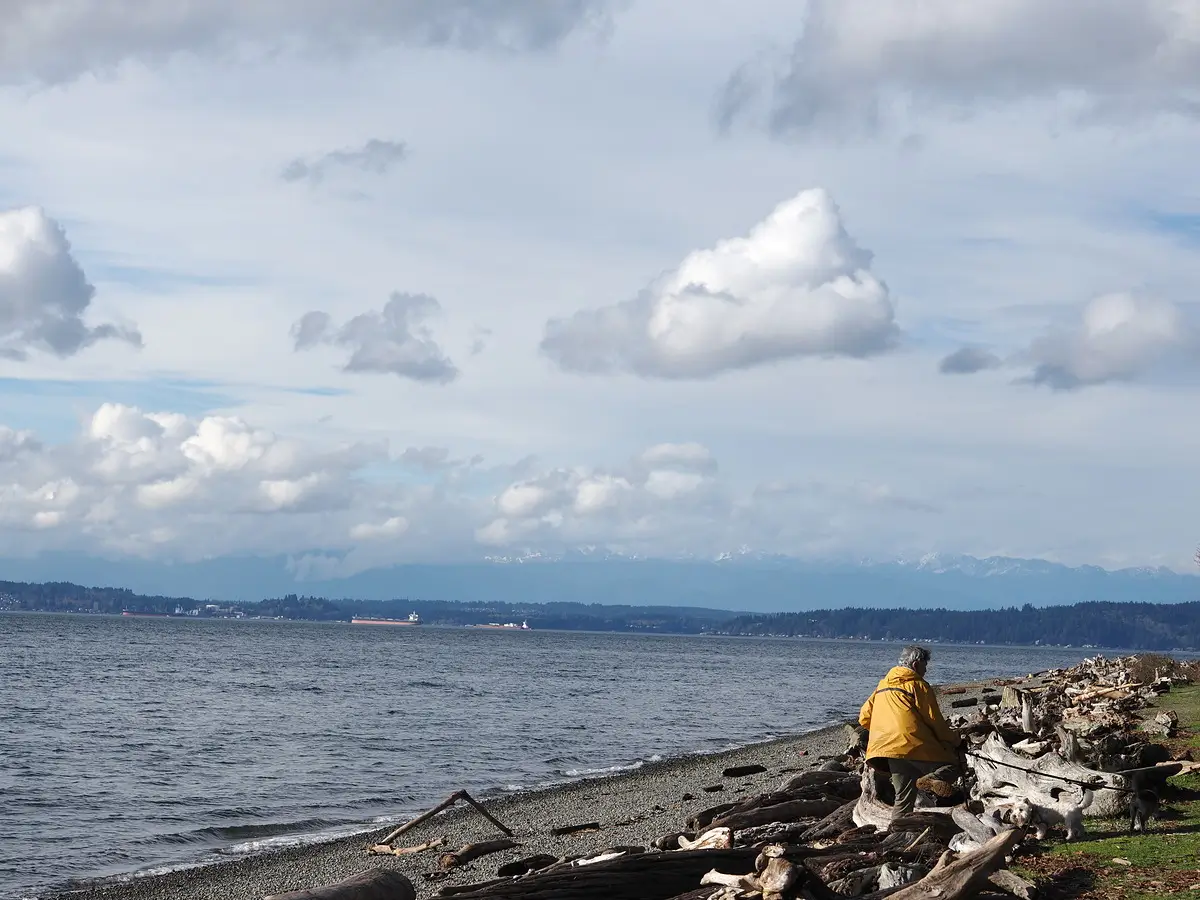
For enthusiasts who enjoy being outdoors and capturing moments, the OM System has built a solid reputation for offering cameras that don’t demand the bulk of a full-frame camera. The OM-1 II, a flagship MFT model, is perfect for those who seek a lightweight system without compromising performance. With its rugged build and compact design, this camera suits outdoors photographers who appreciate both size and versatility. At the core is the impressive Micro Four Thirds sensor, paired with the fast TruePix X processor. These features provide an exceptional handheld experience, making it a favorite for wildlife photography. Its advanced subject detection modes and smart autofocus system are particularly helpful for bird photography.
The OM-1 II is unique because it has a mix of computational photography settings and features that are meant to work around the camera’s smaller sensor. It has great modes, such as High Res Shot, Live ND, and Focus Stacking, that make the finished picture look much better. One feature that really stands out is the Live Grad ND, which is a graduated filter that works great for landscape photos because it lets you make smooth changes in brightness. The camera does very well in bright situations, but when compared to full-frame competitors, it struggles in low light.
Buy it if:
If you want value in action photography, this wildlife photography-friendly MFT format kit‘s stacked sensor and subject detection AF make it ideal.
Don’t want to be weighed down? A like-for-like full-frame system will likely be twice the size, weight, and price.
Don’t buy it if:
If you want the best high-resolution images, the OM-1 II’s 20MP sensor is modest these days for a photography-centric flagship camera.
Its multi-shot computational workarounds are good for specific scenarios, but can’t be used for everything; single-shot image quality and the price tag may disappoint.
While the OM-1 II is essentially a refresh of its predecessor, the OM-1, some may argue that its upgrades could have been included in a firmware update. The MFT sensor with its 20MP resolution may seem modest for its price point, but the camera’s overall performance and vast selection of Micro Four Thirds lenses make it an incredibly enjoyable camera for those who can overlook these minor issues. For photography lovers who prioritize experience over specs, this is an excellent choice.
The best premium compact
6. Fujifilm X100VI
The best premium compact for most people
Specifications
Sensor: 40.2MP X-Trans CMOS
Lens: 23mm, f/2
Monitor: 3.0-inch tilt-angle touchscreen, 1.62m dots
Viewfinder: EVF
Continuous shooting: 11fps (mechanical), 20fps (electronic)
Movies: 6.2K User level: Intermediate
Today’s Best Deals
View at Amazon (Silver)
View at Amazon (Black)
Reasons to buy
+ The best 40MP camera in its class
+ Stabilizing the picture of the body
+ Simulations of movies
Reasons to avoid
– It costs more than X100V.
– There is only one UHS-I card slot.
– Needs a screen to keep out the weather
Fujifilm X100VI sample image
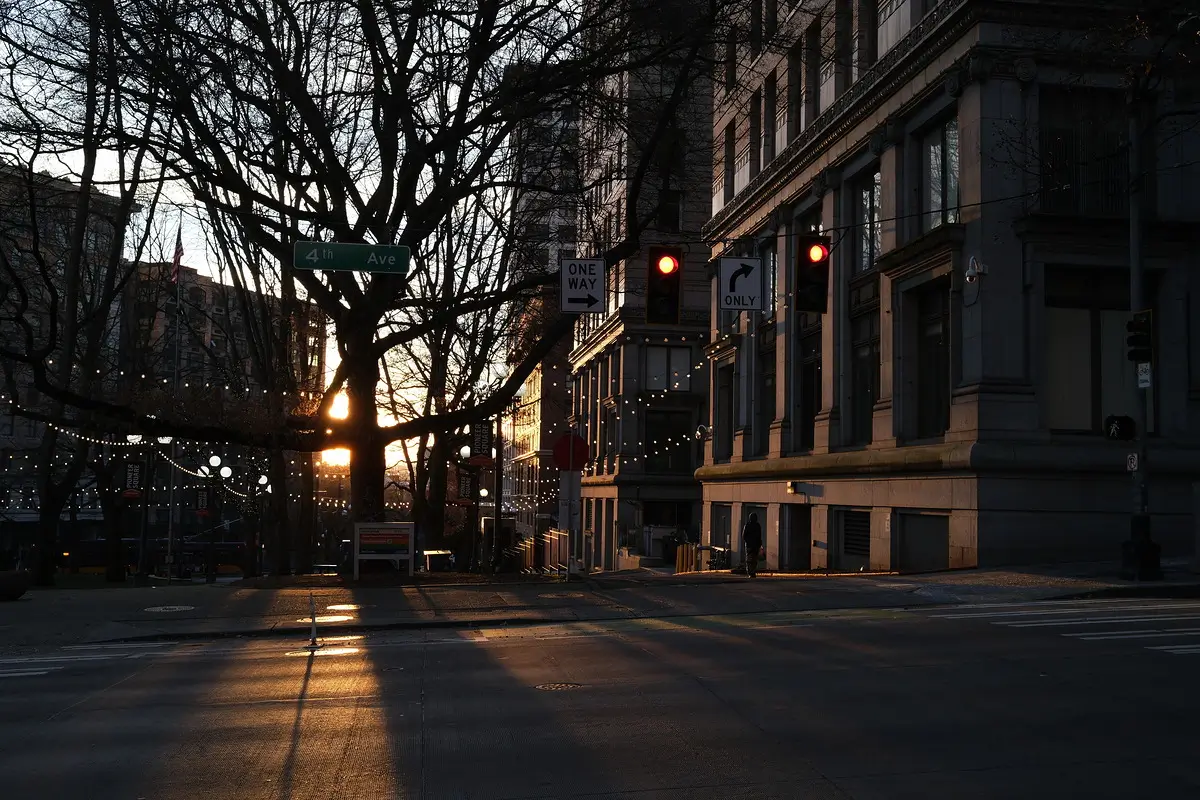
For most people seeking the best compact camera for photography, the Fujifilm X100VI is the best choice. The viral success of its predecessor, the out-of-stock Fujifilm X100V, led to unprecedented pre-order numbers, which significantly reduced delivery wait times. The latest model is nearly identical in its retro style, fixed 23mm f/2 lens, and pocket-friendly design that photographers love. The innovative hybrid viewfinder is a joy to use—give it a spin, and you’ll see why.
Inside, there are big improvements: the camera boosts resolution to 40MP, and for the first time in the X100 series, it features in-body image stabilization, the most needed feature for a street photography camera. It also comes armed with 6.2K 10-bit video, making it a more capable filmmaking tool. Borrowed from the Fujifilm X-T5, it includes Fujifilm’s best autofocus. While the X100V’s 26MP was plenty enough, the increased pixel count offers extra resolution for greater flexibility when cropping your pictures.
Buy it if:
If you want a stylish snapper, the X100VI has a retro appeal with its body design, exposure dials, and vintage look. It’s packed with features that make it a favorite for those who appreciate a mix of style and functionality.
For a truly unique shooting experience, try the X100VI’s hybrid viewfinder. If you haven’t used this before, give it a go, and you’ll thank us later. It’s a feature that sets this camera apart and makes shooting fun and engaging.
Don’t buy it if:
If you want a wide perspective, the fixed 35mm lens is slightly tighter than your smartphone’s camera. You’ll have to take a few steps back.
As a fixed lens compact, you can’t zoom in or out for a different field of view from its 35mm focal length. If you want flexibility, this might not be ideal.
However, it’s not a perfect camera. I feel that Fujifilm should have implemented a new 28mm lens. It also has only one UHS-I SD card slot, and you need an adaptor for full weatherproofing. Plus, it’s a pricier camera than before. Despite these points, the Fujifilm X100VI remains Fujifilm’s most compelling camera and the best premium compact for everyday use.
The best value camera for photography
7. Olympus OM-D E-M10 Mark IV
For most photographers, the greatest value camera
Specifications
Type: Mirrorless Sensor: Micro Four Thirds
Resolution: 20.3MP
Autofocus: 121 contrast detect AF points
Screen type: 3-inch tilting touchscreen, 1.04m dots
Continuous shooting speed: 15fps Movies: 4K
User level: Beginner/enthusiast
Today’s Best Deals
Reasons to buy
+ outstanding picture stability
+ Handy Flip-down touchscreen
+ Compact proportions
Reasons to avoid
– Absence of microphone input
– Lack of a USB-C port.
– Video runs at 4K/30p top level.
As a photographer always seeking fantastic value, I discovered the Olympus OM-D E-M10 Mark IV to be a gem. It may not be the latest Micro Four Thirds model on the market, but it’s a travel-friendly option for shooting impressive stills. The Mark IV is the result of careful refinement over several generations, featuring a generous feature set and compatibility with hundreds of affordable lenses. In my experience, its 20MP sensor enables the capture of greater dynamic range than smartphones or compact cameras.
During testing, I was very impressed with its five-axis in-body image stabilization, giving it an edge over rivals like the Fujifilm X-T200, especially when shooting handheld. The intuitive button layout makes it an approachable camera for beginners, and the 3-inch touchscreen enhances usability. While there are video limitations—such as the lack of microphone input and a 4K/30p cap—which hold it back from competing with hybrids, the E-M10 Mark IV remains an appealingly portable, affordable photography upgrade.
Buy it if:
If you want a compact, capable camera, the E-M10 Mark IV is small but mighty. It offers a lot of features in compact packaging.
If you like to shoot handheld, its impressive in-body image stabilization helps keep images sharp, even when shooting at 1/8th of a second.
Don’t buy it if:
If you’re a videographer, while the E-M10 Mark IV can produce impressive video, its feature set isn’t geared towards vlogging.
If you want a cutting-edge camera, it’s missing features such as phase detection autofocus and is a step behind its rivals.
The best DSLR overall
8. Nikon D7500
The best DSLR camera for most people
Specifications
Type: DSLR Sensor: APS-C CMOS, 20.9MP
Lens mount: Nikon F
Screen: 3.2-inch tilt touchscreen 921K dots
Viewfinder: Optical Continuous shooting: 8fps
Movies: 1080p User level: Intermediate
Today’s Best Deals
Reasons to buy
+ Excellent value
+There is great choice for lenses.
Reasons to avoid
– One SD card slot
– Only 20.9MP resolution
For photographers who prefer DSLRs over mirrorless cameras, the Nikon D7500 is the best one you can find available new. As the only remaining Nikon camera of its kind with an APS-C sensor, it’s perfect for beginners and enthusiasts alike. Its 20.9MP sensor delivers excellent low-light performance, and I’ve found its superb handling to be a real advantage. The camera features a tilt touchscreen, rugged build, and a large optical viewfinder, making it enjoyable to use in various conditions. With 8fps burst shooting and a mirrorless-camera-beat battery life, rated at just under 1,000 shots, it offers superior battery life compared to many competitors. Plus, it’s currently on sale for under $1,000/£1,000, which is great value.
One of the key benefits of the D7500 is the huge choice of Nikon F-mount lenses available, many at great value when bought second hand. If you’re starting out, I recommend buying the versatile 18-140mm lens kit, which includes handy vibration reduction for very little extra cost. While it’s not as travel-friendly camera as some mirrorless alternatives like the Olympus OM-D E-M10 Mark IV, the D7500 is a brilliant way to learn the photographic basics, start your new hobby, and up your skills.
Buy it if:
If you want a decent value DSLR, the D7500 is one of few enthusiast-level DSLRs still available, and it’s under $1,000 or £1,000.
If you’re primarily a photographer, Nikon DSLRs are a superb starting point for photographers. The D7500 is sturdy enough for demanding users.
Don’t buy it if:
From my experience, if you want to shoot high-resolution photos, the D7500 tops out at 20.9MP, while alternatives like the Canon EOS 90D offer bigger pics.
Also, if you’re keen on video, the D7500’s autofocus for video is poor. Newer mirrorless cameras have better feature sets for video.
The best instant camera
9. Fujifilm Instax Mini 12
The best instant camera for beginners
Specifications
Lens: 60mm Focusing: Normal and macro
Flash: Built-in Self-timer: None
Today’s Best Deals
Reasons to buy
+ Easy to use
+ correct viewfinder
Reasons to avoid
– Exposes too much in strong illumination.
– Handling is a somewhat slippery process.
While its photo quality can’t compete with more advanced cameras in the present company, the Fujifilm Instax Mini 12 is an affordable, easy to use, and fun to shoot with instant camera that’s a real winner. Building on everything we loved about the Instax Mini 11, it’s simple for beginners to create small, vibrant, printed snaps. It benefits from parallax correction, a useful addition that ensures what you see in the framing is closer to what gets printed. Fujifilm has repositioned the exposure sensor for more accurate readings, though it may still overexposes in bright sunlight. The design can be a bit slippery to handle, but the lens controls are more intuitive than before.
To turn on the camera, simply twist its lens, and to activate the close-up mode, just pull it. This straightforward setup makes it appealing for parties, kids, and anyone looking for effortless shooting. When you factor in the affordable cost of film refills, it’s easy to see why this camera is a favorite. Personally, I’ve found it brings a lot of joy to casual photography.
Buy it if:
If you want point-and-shoot simplicity, the Instax Mini 12 is an accessible camera to shoot with. Its Auto exposure control and affordable film refills make it ideal.
I love its vibrant party prints with rich vintage colors. Instax prints have a distinctively attractive look that’s great for capturing memories.
Don’t buy it if:
If you shoot in sunlight a lot, the Mini 12 tends to overexpose images in bright light. This issue is not helped by the always-on flash which fires every time.
If you want a tactile camera, the bubble-like design is fun, but it’s also slippery in the hand, making it tricky to keep hold of at times.
The best pro hybrid for sports and wildlife
10. Nikon Z9
The ideal hybrid for wildlife and sports photography.
Specifications
Sensor size: Full-frame
Resolution: 45.7MP back-side illuminated stacked sensor
Viewfinder: 3.69m-dot OLED EVF
Monitor: 3-inch bi-directional tilting touchscreen, 1.04m dots
Autofocus: 493 hybrid phase/contrast detect AF points
Maximum continuous shooting rate: 20fps raw, 30fps hi-res JPEG, 120fps lo-res JPEG
Movies: 8K/60p, 4K/120p
User level: Expert
Today’s Best Deals
Reasons to buy
+ Excellent 45.7MP stacked sensor
+ Dependable AF tracking
+ Fantastic battery life
Reasons to avoid
– Some features require a firmware upgrade.
– More bulky and weight than competitors
– Flash sync just once every 200s.
Nikon Z9 sample image

The Nikon Z9 is a fantastic choice for discerning photographers who engage in intensive sports and wildlife action. As the first pro-grade camera without a mechanical shutter, it was a groundbreaking model at launch. Subsequent firmware releases have only made it better, enhancing its performance. With reliable Eye AF tracking, the Z9 excels at capturing crisp video in 8K/60p or 4K/120fps. Our tests confirmed its stills are fantastic, thanks to the 45.7MP stacked CMOS sensor and excellent image stabilization, which produce beautiful images.
However, the price is a major drawback, as the Z9’s form factor makes it a big, heavyweight beast. The two-way tilting touchscreen adds welcome versatility along with the vertical grip and weather-sealing, reflecting Nikon’s trademark build quality. For those seeking smaller, more affordable options, alternatives like the Nikon’s own Z7 II offer the same level of detail in a tidier package. Despite its size, the Z9’s flagship features make it a top choice for serious photographers.
Buy it if:
Most of the time, professionals need a consistent camera; hence, the Nikon Z9 will not let down them.
You’re looking for speed and resolution. With more than double the resolution and outperformance of the similarly priced Nikon D6, the Z9 is absolutely amazing.
Don’t buy it if:
You desire a light tool. The Nikon Z9 is heavier and bigger than the Canon EOS R3 and Sony A1.
One camera cannot capture everything. The Z9 could be more than you need, given the smaller Z7 II has the same resolution for almost half the price.
The best camera for outright image quality
11. Hasselblad X2D 100C
The greatest camera for pure image quality
Specifications
Sensor size: Medium format Resolution: 100MP
Viewfinder: 5.76m-dot
Monitor: .6-inch tilt touch screen, 2.36m-dot
Autofocus: 294-point array
Max cont. shooting rate: 3.3fps
Movies: N/A
User level: Expert
Today’s Best Deals
Reasons to buy
+ Great design
+ Potential for outstanding image quality
+ Up to 7 stops in-body stabilization
Reasons to avoid
– Autofocus still suffers.
– There aren’t any native lens choices for telephoto shooters.
– No video
Hasselblad X2D 100C sample image
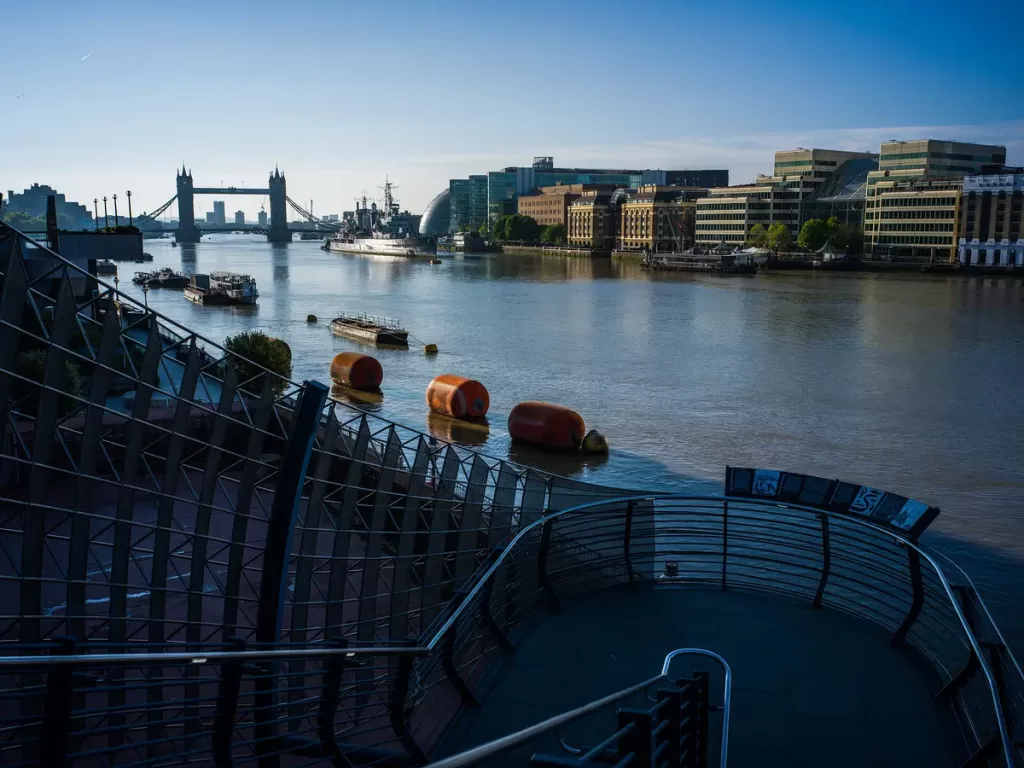
For photography purists looking for the very best image quality, the Hasselblad X2D 100C stands out in 2024. This camera is all about focusing purely on taking pictures without any distractions like video features. With a 100MP medium format sensor, the images you get are rich in detail and offer exceptional color rendition. The simplistic design and thoughtful ergonomics make it a joy to use, while the in-body image stabilization allows you to shoot without a tripod. Plus, the built-in 1TB SSD storage means you won’t be scrambling for extra memory cards. The Hasselblad truly provides an unmatched experience for those who value quality over features.
Of course, there are some drawbacks to consider. The burst shooting maxes out at 3.3fps, which isn’t great if you’re after action shots. Even with speed enhancements, the autofocus feels a bit behind compared to the latest mirrorless models. The native lens range also lacks a proper telephoto option, which limits versatility. However, for those with a winning lottery ticket, the X2D is one of our favorite medium format cameras. It may occupy a narrow niche, but for pure image lovers, it’s worth every penny.
Buy it if:
If you love design, the Hasselblad X System offers beautifully designed digital cameras. The X2D has excellent handling and incredible image quality, especially in color rendition.
The dynamic range on the X2D is impressive, making it one of the best camera for capturing beautiful color. It’s a perfect choice for anyone who values amazing visuals.
Don’t buy it if:
The X2D autofocus is slower than some 10-year-old high-end DSLRs. It lacks certain features like video, which makes it a more purist photography experience, not ideal for action shots.
The best professional DSLR camera
12. Canon EOS 5D Mark IV
The best DSLR camera for pro photographers
Specifications
Type: DSLR Sensor: Full-frame
Resolution: 30.4MP Autofocus: 61 AF points
Screen type: 3.2-inch touchscreen, 1.62m-dot
EVF: 0.39-inch, 2.36m-dot
Continuous shooting speed: 7fps
Movies: 4K User level: Professional
Today’s Best Deals
Reasons to buy
+ Modern autofocus mechanism
+ outstanding sensor performance
+ touchscreen responsive in response
Reasons to avoid
– Few 4K video choices
– costly against competitors
Canon EOS 5D Mark IV sample image
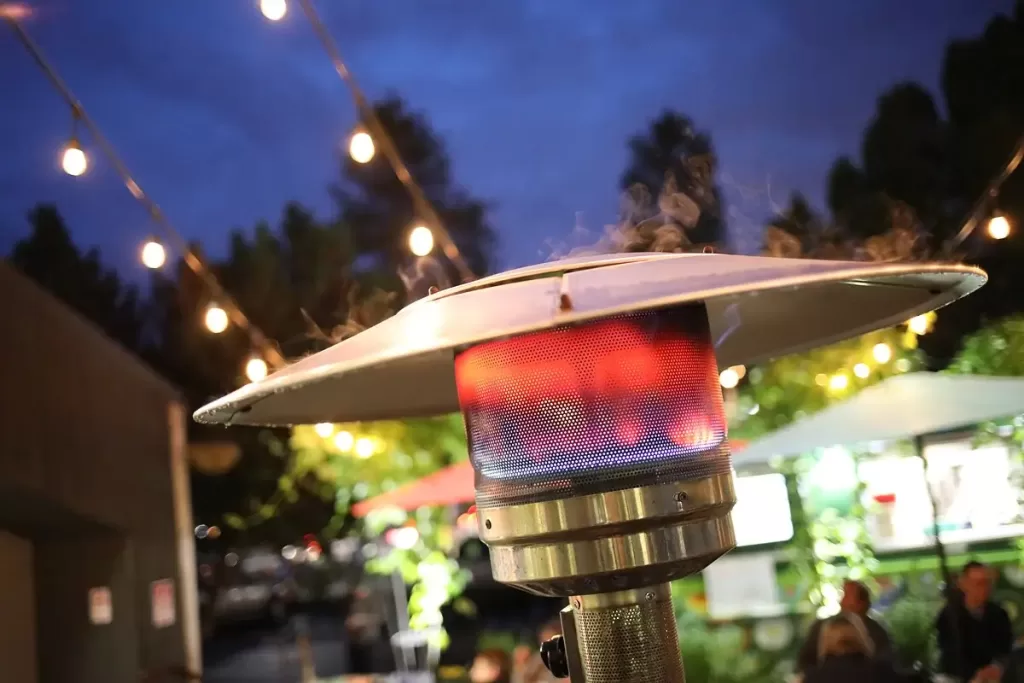
The Canon EOS 5D Mark IV is a great choice for dedicated shooters trying to improve their photography. Though it yields great results, this DSLR model is a real investment. The 30.4MP full-frame sensor, which records outstanding degrees of detail, is one of its strongest suit. You’ll value the dynamic range that improves colors and contrast whether you’re photographing landscapes or portraits. The Mark IV is better in high ISO performance than the Canon EOS 5D Mark III, hence it is perfect for low-light conditions. The AF tracking, which guarantees clear shots every time by focusing consistently—especially at the center of the frame—also catches attention.
The touchscreen interface gives a modern touch even without a vari-angle display, which facilitates mobile setting navigation. For those who would like create images the conventional manner, the camera also features a huge viewfinder—a dream. If you enjoy videography, nevertheless, you should be aware that the 1.64x crop on 4K footage could be restricting. Still, the Canon EOS 5D Mark IV is a flexible DSLR ideal for experts mostly concerned in photography.
Buy it if:
If you value performance and resolution, the Canon EOS 5D Mark IV is among the top pro-grade DSLR models. Its versatility allows you to shoot various subjects, including landscapes and wildlife.
With excellent autofocus, it can handle different scenarios effortlessly. The wide range of features makes the Mark IV a reliable choice for any DSLR enthusiast.
Don’t buy it if:
If you’re a videographer, the Canon EOS 5D Mark IV‘s 1.64x crop on DCI 4K video limits video capture usefulness. Its high price may not fit a limited budget compared to rivals like the Nikon D850.
Additionally, while the welcome addition of some features is nice, the limits in video functionality and the overall commands required may not justify the investment for those prioritizing video.
Best Camera For Photography
13. Canon EOS R6 Mark II
The best camera for taking pictures
Specifications
Sensor: 24.2MP Full-Frame CMOS
Video: 4K60 10-Bit Internal Video, C-Log 3
Image Stabilization: Sensor-Shift 5-Axis
Autofocus: Dual Pixel CMOS AF II
Continuous Shooting: 12 fps (mechanical), 40 fps (electronic)
Viewfinder: 3.69m-Dot OLED EVF
Screen: 3″ 1.62m-Dot Vari-Angle Touchscreen LCD
Memory Card Slots: Dual UHS-II
Today’s Best Deals
Reasons to buy
+ Great picture quality.
+ Well-built body that keeps out the weather.
+ Short bursts of shooting.
+ Autofocus is really good.
Reasons to avoid
– Not very easy to carry.
– Buffer empty time is slow.
Canon EOS R6 Mark II sample image

Choosing the best camera for taking pictures in 2024 is easier with the Canon EOS R6 Mark II and Sony α7 IV. The Canon EOS R6 Mark II is a hybrid model ideal for enthusiasts and pros alike. It is a well-rounded camera that handles a wide range of photography styles, from portraits to action shots. This camera is sturdy and weather-sealed, ensuring it withstands different environments. With excellent ergonomics and a built full-frame sensor, it offers great dynamic range and low-light noise handling. The in-body image stabilization (IBIS) system provides steadier handheld shots at slower shutter speeds, while the autofocus tracking system keeps your subjects sharp.
The Sony α7 IV stands neck and neck with the Canon, offering a higher-resolution sensor and a strong established lens ecosystem with many native lens options and third-party lens options. It supports up to 40 fps with burst shooting using the electronic shutter, though the max burst rate decreases to 6 fps when shooting uncompressed RAW files. Both cameras are top-of-their-class cameras, suitable for hobbyists and professionals who need a versatile all-arounder. Despite the Sony α7 IV having slightly less ergonomics, it remains a favorite for those who value a wide range of features and high performance.
Buy it if:
- You Value Low-Light Performance: The 24.2MP sensor offers excellent clarity and detail, even in challenging lighting conditions.
- You’re a Content Creator: With its 4K60 10-bit video capabilities and C-Log 3, it’s perfect for videographers looking to capture high-quality footage.
- You Need Speed: Whether it’s sports or wildlife, the fast 40 fps electronic shutter ensures you capture every moment.
- You Appreciate Versatility: It’s designed for both still photography and video, making it a versatile tool for any creative.
Don’t buy it if:
- You Require Pro-Level Video Functions: While impressive, if you’re looking for 8K video, consider other models like the Canon EOS R5.
- You Prefer DSLR Over Mirrorless: Some photographers still prefer the feel and optical viewfinder of traditional DSLRs.
Best Mid-Range Camera For Photography
14. Sony α6700
The best mid-range camera for taking pictures
Specifications
Body Type: SLR-Style Mirrorless
Sensor Size: APS-C Resolution: 26 MP
Viewfinder: Electronic, 2.36 million dots
Screen: Fully-Articulated Touchscreen, 3.0”
Video: 4k at up to 120 fps
Autofocus: AI-enhanced with subject detection
Image Stabilization: In-body (IBIS)Connectivity: USB-C, Micro HDMI, Wi-Fi, Bluetooth
Today’s Best Deals
Reasons to buy
+ Easy to carry and not too heavy.
+ IBIS.
+ Great autofocus setup.
Reasons to avoid
– Viewfinder is not comfy.
Sony α6700 sample image
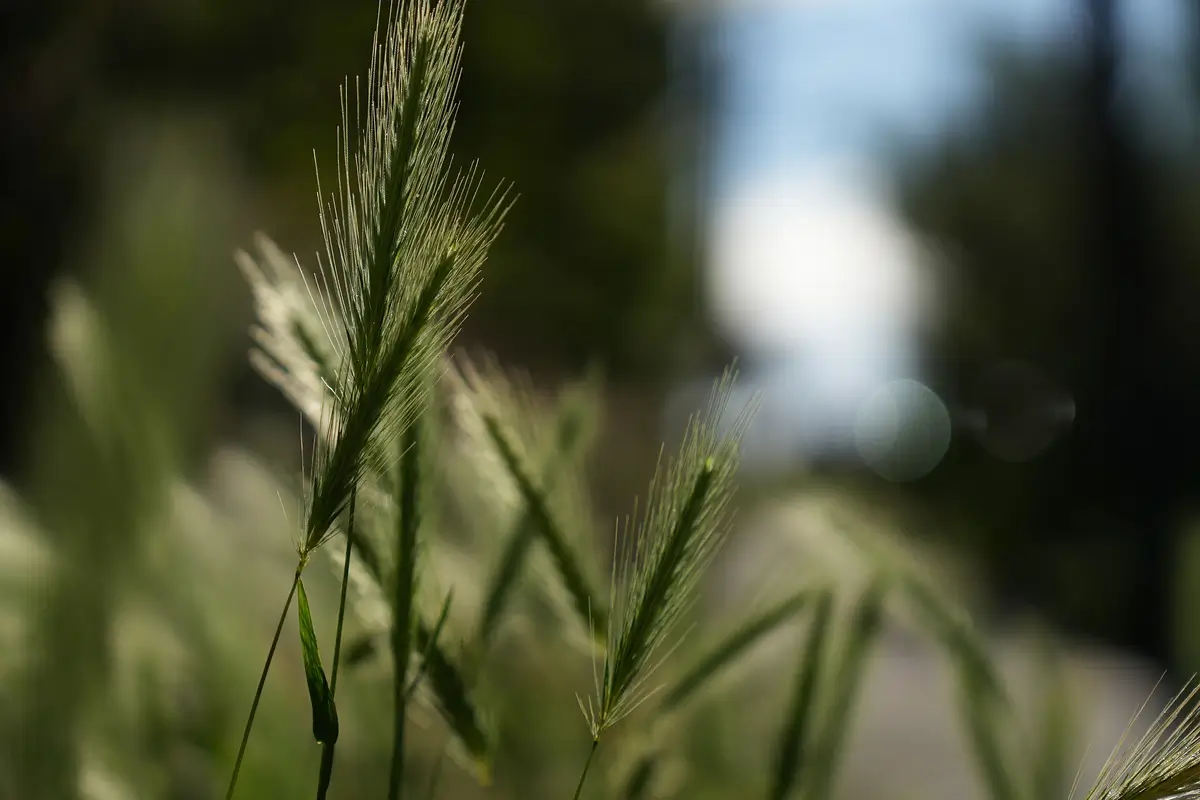
In 2024, the Sony α6700 is the best mid-range camera for shooters. The 26-megapixel APS-C sensor in this combination model makes the pictures look great. It’s easy to carry around and has a long battery life, so it’s great for long days on the go. The autofocus system is very modern and uses AI to find and track subjects, so every picture is clear. The IBIS also makes it stable to take pictures while holding the camera, even at slower frame speeds. The Sony α6700 is very flexible and can be used for a wide range of photography styles thanks to its many compatible lenses and affordable third-party choices.
The Fujifilm X-S20 is a great option for people who don’t want to work with RAW files. It has JPEG processing and film simulation settings, which let people share photos straight from the camera. The IBIS system and high-resolution APS-C sensor help you take beautiful pictures in a range of lighting situations. Its focusing isn’t as good as Sony’s, but it’s good for taking pictures of sports and wildlife. The Sony α6700 and the Fujifilm X-S20 are both top-of-the-line cameras that are great for both amateurs and professionals because they are both high-performing and affordable.
Buy it if:
- You Need Versatility: The α6700 excels across a variety of genres, including travel, sports, and wildlife photography. Its robust autofocus system ensures clear, sharp images even in challenging conditions.
- Video Quality Matters: With 4k capabilities, HDR options, and S-Log3 support, this camera is ideal for videographers seeking high-quality footage with post-processing flexibility.
- Portability is Key: Despite its feature set, the α6700 remains lightweight and portable, making it a great companion for on-the-go shooting.
- You Value Advanced Features: The AI-powered processing and customization options make this camera a powerful tool for professionals and enthusiasts alike.
Don’t buy it if:
- Viewfinder Comfort is Crucial: The α6700’s viewfinder, while functional, might not be the most comfortable for extended use.
- You Require Uncompressed RAW: If uncompressed RAW photography is essential, you might need to consider other options, as the α6700 only supports compressed RAW formats.
- You’re Looking for Entry-Level Simplicity: With its advanced features and customization options, this camera may be more than what a beginner needs.
Best Budget Camera For Photography
15. Canon EOS R50
The best cheap camera for taking pictures
Specifications
Body Type: SLR-Style Mirrorless
Sensor Size: APS-C
Resolution: 24.2 MP
Video Capabilities: 4k at up to 30 fps, 1080p at up to 60 fps
Weight: 0.83 lbs (0.38 kg)
Lens Mount: RF Mount
Screen: Fully Articulated, 3.0″ Touchscreen
Today’s Best Deals
Reasons to buy
+ Simple settings and easy-to-find auto-shooting modes.
+ Easy to carry and light.
+ Good picture quality.
+ Great and easy focusing system.
Reasons to avoid
– Limited battery life, especially for video
– Small buffer size for burst shooting
– Lack of weather sealing and in-body image stabilization
Canon EOS R50 sample image
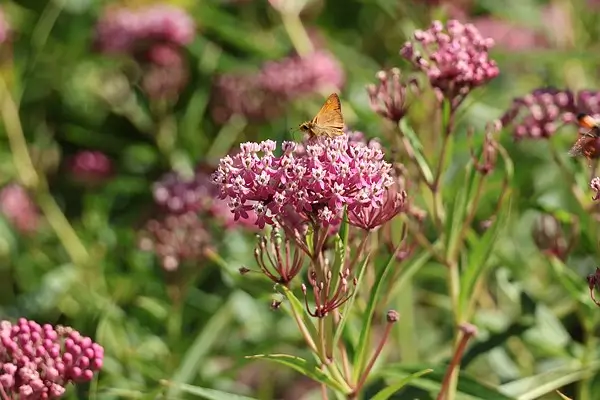
The Canon EOS R50 is a great budget option for beginner photographers looking to experiment with different photography styles. Its simple and intuitive controls make it easy-to-use, allowing novices to start learning the ropes quickly. Equipped with a reliable autofocus system and creative shooting modes, this versatile camera is perfect for street photography, travel, and more. Its portable design ensures you can carry it comfortably, while the comprehensive features cater to various photography styles. Additionally, the AF on the R50 is accurate, providing sharp images every time.
For those interested in expanding their gear, the Canon EOS R50 uses the same lens mount as full-frame Canons, such as the Canon EOS R6 Mark II, making it easy to upgrade to a full-frame body down the line. Another excellent choice is the Olympus OM-D E-M10 Mark IV, especially if you prefer the Micro Four Thirds (MFT) system. This portable camera boasts a well-established lineup of lenses, though its autofocus system is much less reliable than the AF on the R50. Despite its cramped ergonomics, the Olympus OM-D E-M10 Mark IV remains a decent camera for novice photographers who value a creative, ergonomic design and a comprehensive set of features.
Buy it if:
- You’re a beginner photographer or videographer looking for an easy-to-use camera with advanced features.
- You need a lightweight and portable camera for travel photography or vlogging.
- You want a camera that’s compatible with both RF and RF-S lenses, allowing future upgrades.
Don’t buy it if:
- ou require advanced features like weather sealing or in-body image stabilization.
- You often shoot fast-moving subjects and require a larger buffer for burst shooting.
- You need extensive battery life for prolonged video recording sessions.
What to Look for in a Camera
Choosing a camera involves more than just picking the latest model. You’ll need to consider factors like image quality, autofocus capabilities, and ease of use. For beginners, a user-friendly interface is crucial. Professionals might prioritize advanced features like customizable settings and high-speed shooting. Let’s break down what makes a camera truly great.
Image Quality (Megapixels)
The most important aspect of any camera is its ability to produce high-quality images. Look for cameras with a high megapixel count, excellent low-light performance, and vibrant color reproduction. Full-frame sensors are often preferred for their superior image quality.
Understanding megapixels is essential when selecting a camera, as it directly relates to the resolution and overall quality of your photos. Megapixels measure the number of pixels in an image, with each megapixel representing a million pixels. A higher megapixels count typically means a more detailed and sharper image, allowing for larger prints and better cropping flexibility. However, sensor size is another important factor to consider. Larger sensors can produce a high-quality image even with fewer megapixels, as the pixels are less dense and can capture more light. Balancing megapixels with sensor size ensures that your pictures have both resolution and excellent quality, making your camera a reliable tool for capturing stunning visuals.
Choosing the Right Sensor Size
In my experience, the sensor size of a camera greatly affects image quality. Larger sensors with more pixels capture better low-light performance and offer superior noise reduction, preserving more image information. There are various sensor sizes, from the smallest 1-inch type to medium format. The best camera for you should suit your specific needs and requirements. While cameras with the biggest sensor deliver the most desired quality, they come at a higher cost. If you prefer compact size and high mobility, smaller sensors are less expensive and more portable. It’s all about finding the right balance between sensor size and what you need from your camera.
Battery Life
When selecting a camera, battery life is a key consideration. For professionals who spend hours or even days working on projects, a camera with long battery life is essential. It ensures you can capture numerous casual photos without needing to recharge frequently. Professional photographers often prefer having a spare battery to avoid interruptions during important shoots. While some cameras offer impressive specifications, they might suffer from the worst battery life, making them less reliable for extended use. Your preference should balance the camera’s performance with its battery life to meet your photography needs effectively.
Autofocus and Speed
For action and wildlife photography, a camera with fast and accurate autofocus is essential. Speed also matters; the camera should be able to shoot multiple frames per second to capture every moment.
Ease of Use
A camera that’s easy to use can make your photography experience much more enjoyable. Look for intuitive menus, easy-to-navigate settings, and a comfortable grip. This is especially important for beginners who are still getting the hang of their new gear.
How to Make Your Final Decision
Choosing the right camera involves balancing your needs, preferences, and budget. Start by identifying the features that are most important to you, such as portability, autofocus system, or creative shooting modes. If you enjoy street photography or travel, a portable and easy-to-use camera like the Canon EOS R50 might be ideal. Consider the lens mount and whether you prefer full-frame Canons or the Micro Four Thirds (MFT) system, which offers a well-established lineup of lenses. Ergonomics, size, and feel are also crucial; a camera should feel comfortable in your hands to ensure you can use it effectively while learning the ropes, especially if you are interested in growing your photography skills.
When comparing the top models, the Canon EOS R50 and Olympus OM-D E-M10 Mark IV are excellent budget options. The Canon EOS R50 is a great budget option with a 26-megapixel APS-C sensor, offering comprehensive features for beginner photographers. It’s easy-to-use and supports full-frame lenses, making it versatile and suitable for various different photography styles.
On the other hand, the Olympus OM-D E-M10 Mark IV uses the Micro Four Thirds (MFT) system and has a much less reliable autofocus system compared to the AF on the R50. However, it remains versatile with its creative shooting modes and a well-established lineup of compatible lenses. Both cameras offer portable, ergonomic designs, but the Olympus might feel a bit cramped for some, while the Canon allows for easy upgrade down the line to a full-frame body.
Tips for Getting the Most Out of Your New Camera
Once you’ve chosen your camera, it’s essential to learn how to use it effectively. Here are some tips to help you get started:
- Read the Manual: It might seem tedious, but the manual contains valuable information about your camera’s features and settings.
- Practice Regularly: The more you use your camera, the more comfortable you’ll become with its controls and capabilities.
Join a Community: Engaging with other photographers can provide inspiration, tips, and constructive feedback.
Check preview images on dpreview
What camera do most photographers use?
As a professional photographer, I find that mirrorless cameras have become the most common types of cameras among professionals today. Their smaller size and lighter weight compared to DSLR cameras make them easy to carry without sacrificing image quality. Mirrorless models offer excellent autofocus with wider AF point coverage across the entire area of the frame, which is crucial when capturing a moving object. The flexibility of a compact camera body with advanced features like a touchscreen allows for quick adjustments and focusing with a single press. While some may overlook DSLR options, the benefits of mirrorless in terms of quality and performance make them the preferred choice.
Which camera takes better pictures?
The quality of pictures depends not only on the camera but also on the photographer’s skills and the intended use. Cameras like the Sony A7R V and Hasselblad X2D 100C are known for their exceptional image quality, making them ideal for detailed, high-resolution photography. However, it’s crucial to select a camera that fits your specific needs and shooting style.
What is the best camera for nature photography?
Nature photographers often prefer cameras with robust autofocus systems and excellent low-light performance. Models like the Nikon Z9 and OM System OM-1 II are favored for their durability and ability to capture stunning nature imagery. The choice often depends on the environment you plan to shoot in and your budget.
What digital camera is everyone using?
If you’re following the latest trend in photography, the Canon PowerShot G7 X is an internet-fave that’s hard to overlook. This digicam is a compact powerhouse that I’ve personally found remarkable for capturing stunning images and videos. Equipped with a 20.1-megapixel sensor and a versatile zoom lens, it delivers exceptional quality in a small package. The intuitive touchscreen display makes it easy to navigate settings, even for beginners. Whether you’re traveling or just need something portable, this camera balances size and performance perfectly.
Is Nikon or Canon better for nature photography?
Both Nikon and Canon offer excellent choices for nature photography. Nikon is celebrated for its sharp lenses and dynamic range, with models like the Nikon D7500 standing out. Canon, on the other hand, offers superb color reproduction and innovative features, with the Canon EOS R10 being a popular option. Your preference should align with your specific needs and shooting conditions.
How many megapixels do I need for wildlife photography?
For wildlife photography, a camera with at least 20 megapixels is recommended to ensure detail and clarity in your shots. Models like the Sony A7R V offer high-resolution sensors, making them suitable for capturing intricate details of wildlife scenes. However, other factors like autofocus speed and lens quality are equally important.
Are DSLRs best for photography?
While DSLRS have long been a byword for serious photography, they are no longer at the top of the camera tech tree. Mirrorless cameras have taken the lead by replacing the DSLR’s optical viewfinder with an electronic EVF. These cameras benefit from camera giants’ latest lenses and advanced autofocus systems. Neither Canon nor Nikon has released a new DSLR in years, which affects their relevance. However, DSLRs still offer great value for money, being cheaper than mirrorless equivalents and benefiting from their maturity with a wide range of affordable lenses. Classic DSLRs like the Canon EOS 6D are excellent second-hand buys. Nonetheless, mirrorless cameras are considered smarter long-term investments for modern photographers.

